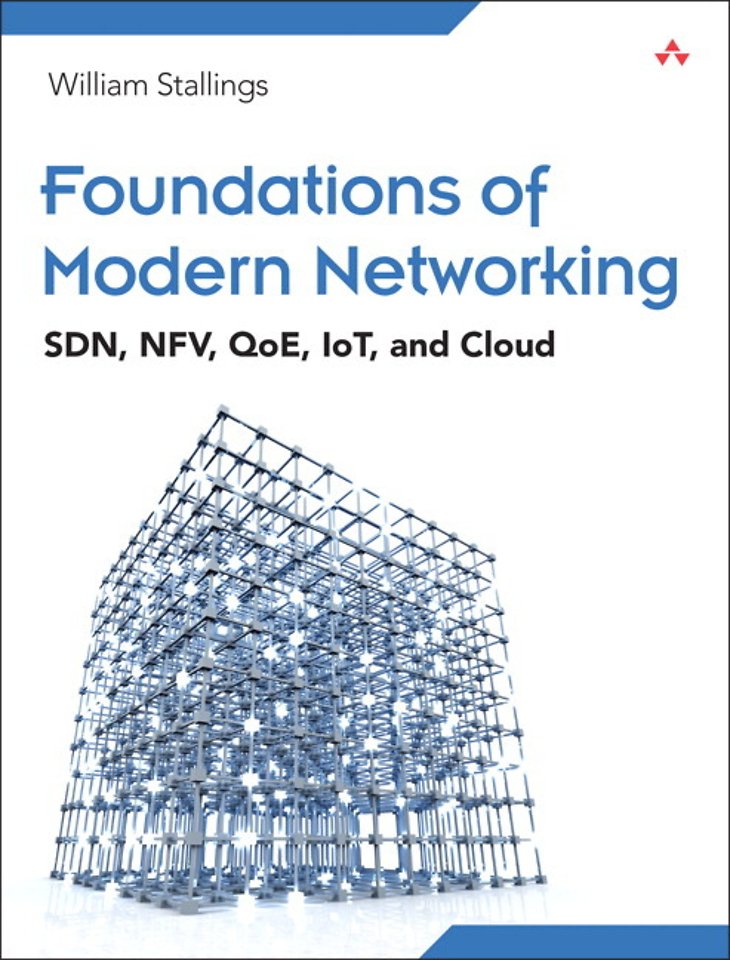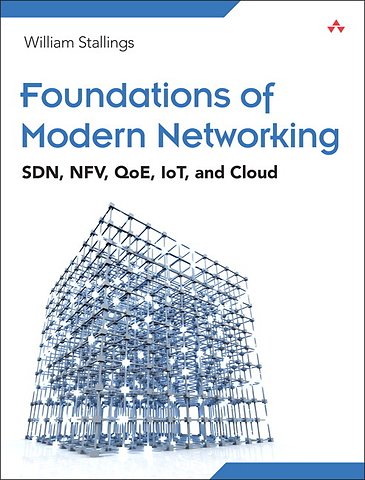Foundations of Modern Networking
SDN, NFV, QoE, IoT, and Cloud
Samenvatting
SDN, NFV, and QoE: Foundations of Modern Networking is a comprehensive and unified survey of modern networking technology and applications for today's technical professionals, business professionals, and students. Using the same teaching approach that has earned him 13 "Computer Science Textbook of the Year" Awards, Dr. Stallings imparts a thorough understanding of SDN technology: how it works, how it is deployed, and how enterprises of all sizes can use it to deliver superior Quality of Service (QoS) and Quality of Experience (QoE).
Specificaties
Anderen die dit kochten, kochten ook
Rubrieken
- cadeauboeken
- computer en informatica
- economie
- filosofie
- flora en fauna
- geneeskunde
- geschiedenis
- gezondheid
- jeugd
- juridisch
- koken en eten
- kunst en cultuur
- literatuur en romans
- mens en maatschappij
- naslagwerken
- non-fictie informatief/professioneel
- paramedisch
- psychologie
- reizen
- religie
- schoolboeken
- spiritualiteit
- sport, hobby, lifestyle
- thrillers en spanning
- wetenschap en techniek
- woordenboeken en taal







